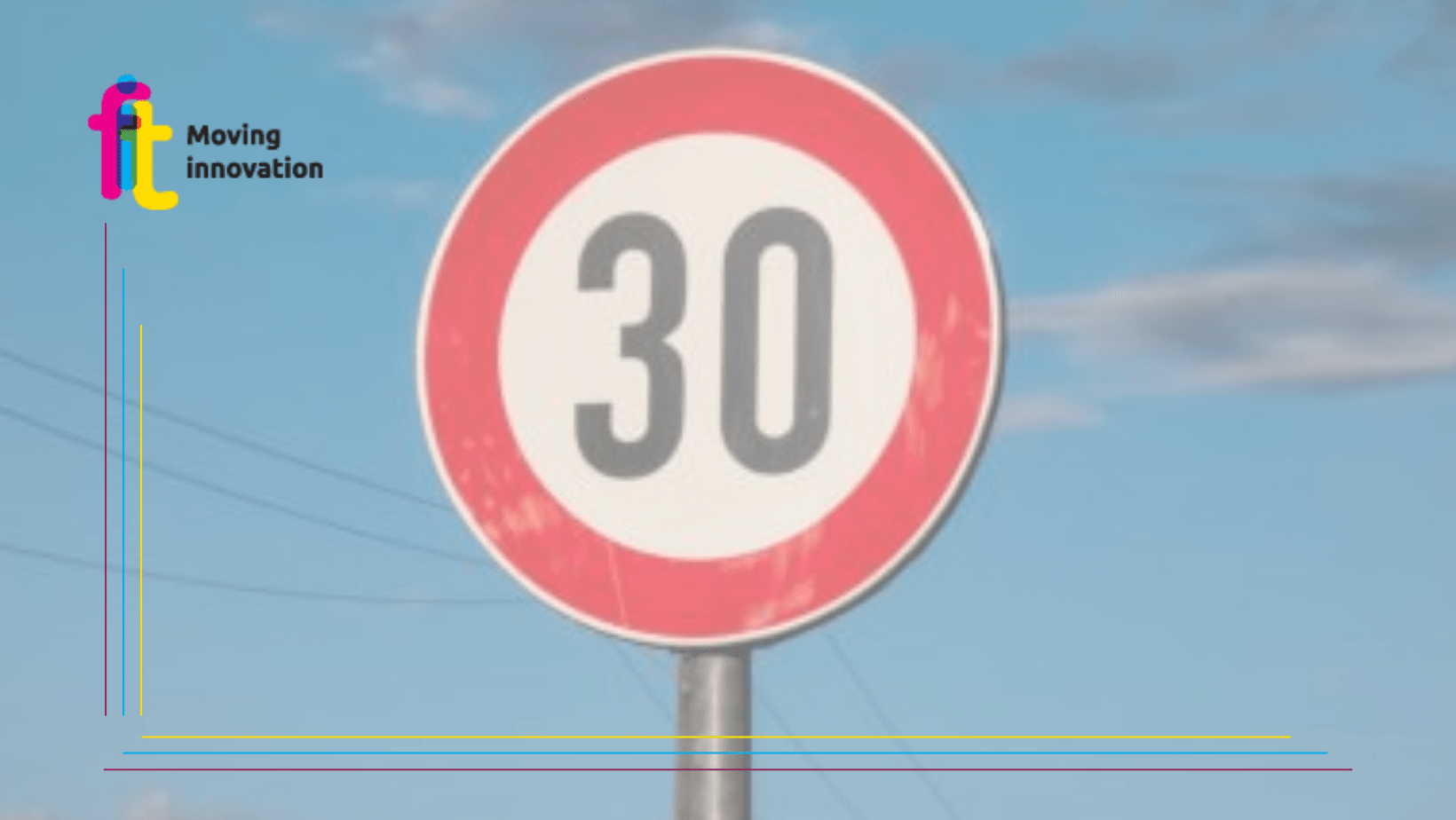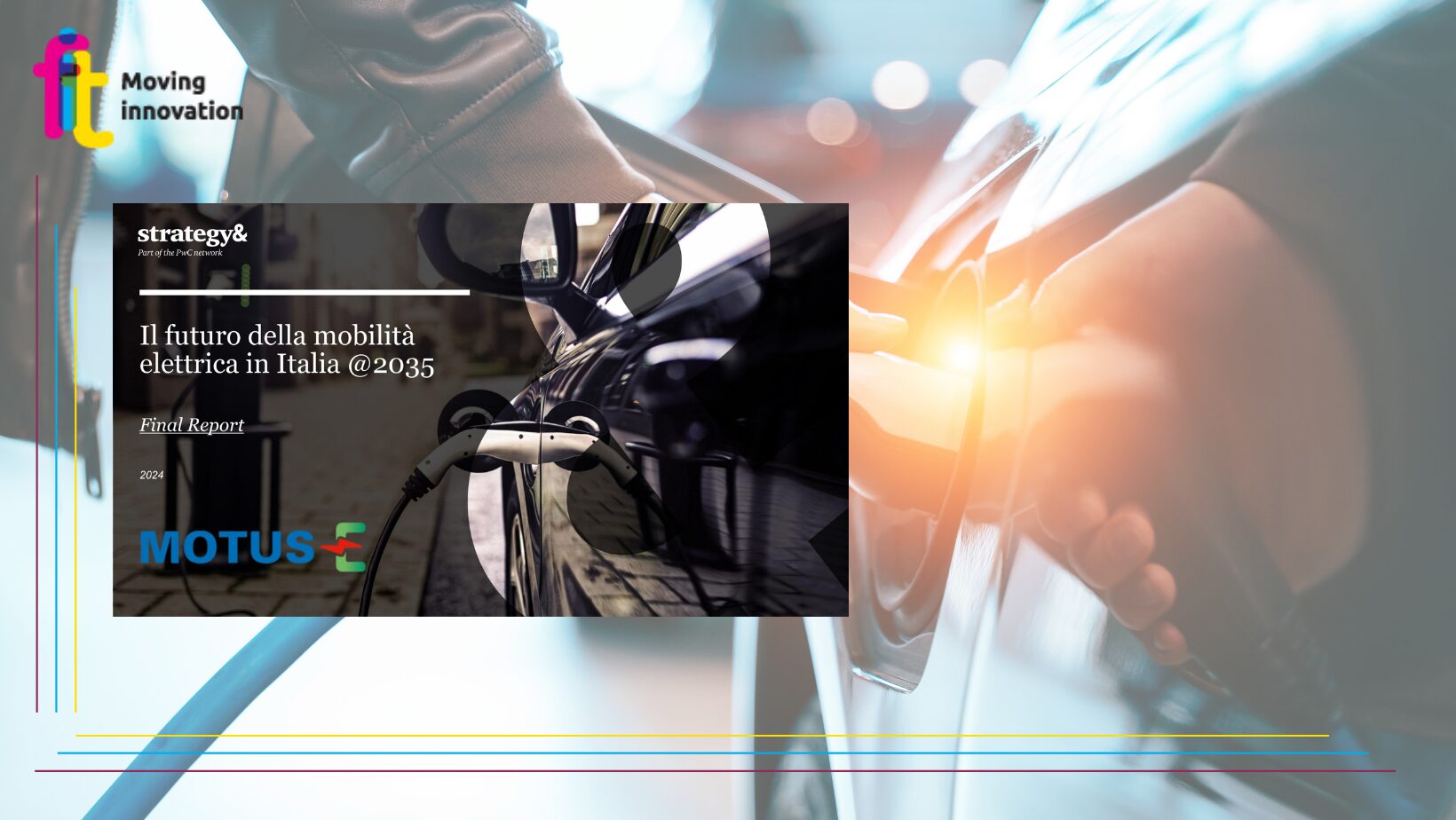In Italy, the first city to become ‘city 30’ was Bologna (we talked about it in June), in the wake of what has already happened in other European cities including Graz – in Austria -, Londra, Bruxelles, Parigi, Barcellona, Madrid, Helsinki, Valencia, Zurigo, Lille, Bilbao and Grenoble.
The latest to be added to this long list is Amsterdam, where as of 8 December has been introduced themaximum speed limit for cars at 30 km/h, so as to promote greater road safety and a better quality of life for its inhabitants.
A measure made necessary by the increasing crowding in the city. Since 2000, Amsterdam has in fact increased by 189,000 residents to a total of 921,402 inhabitants and a population density of 5277 citizens per square kilometre. According to some projections, an additional 250,000 people could be added by 2050. Also to be considered is the fact that, compared to 2019, there are now 470,000 more cars on the road in the Netherlands. As the population grows, it becomes imperative to find new ways of living together.
Amsterdam is therefore the first city in the Netherlands to lower the speed limit on such a large scale, i.e. 80 per cent of the roads. Only on main roads will driving at 50 km/k still be allowed. In addition, ‘fietsstraten’, cycle paths where cars are only guests and cyclists have priority, are becoming increasingly popular, not to mention the fact that many streets in the city centre have already been closed to car traffic and turned into pedestrian and cycle zones. And that’s not all: the local government is also working on changing the traffic lanes by clearly separating those dedicated to public transport (where the maximum speed limit will remain 50 km/h), from those dedicated to ordinary traffic.
Source: TTS Italy








